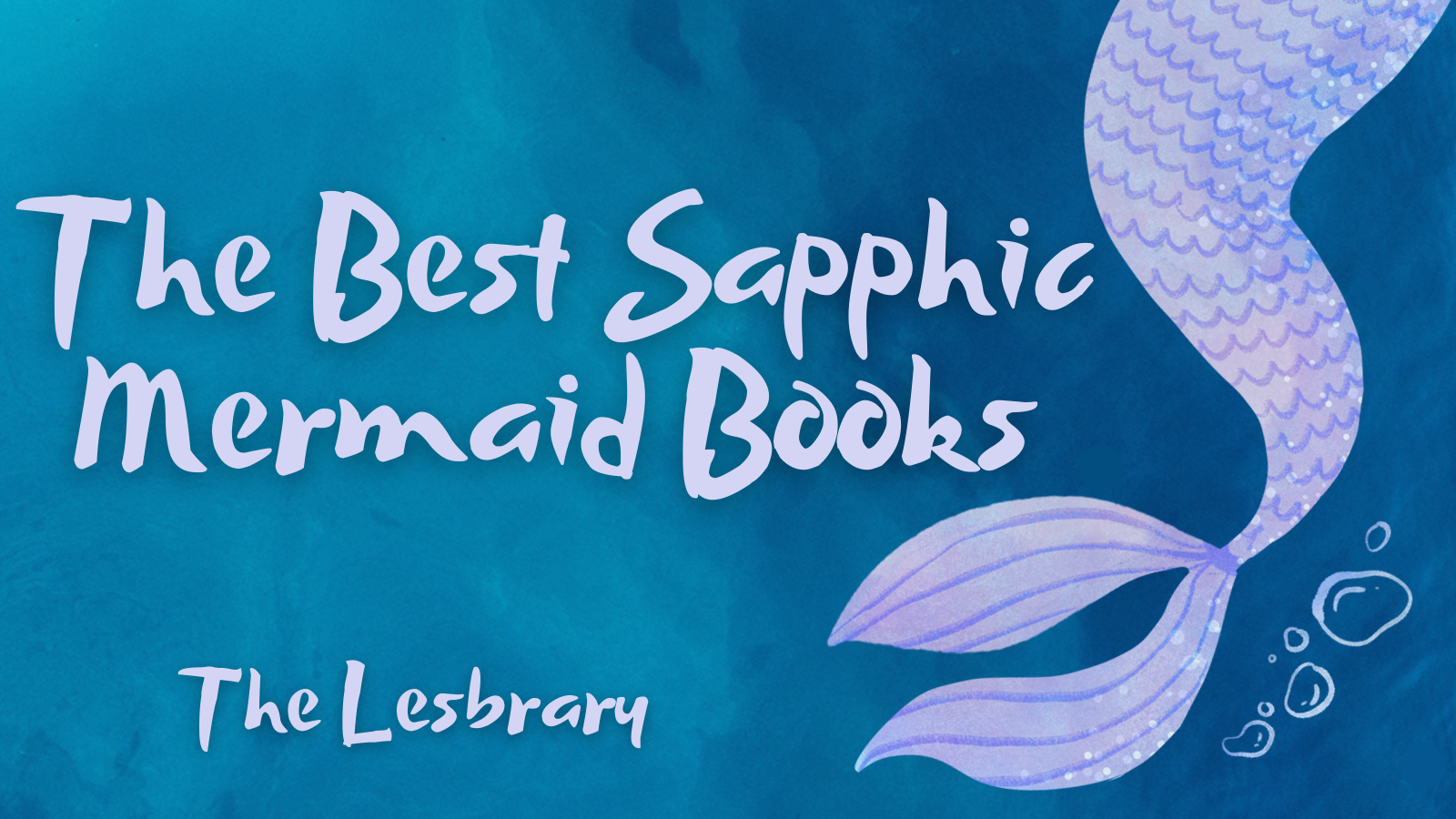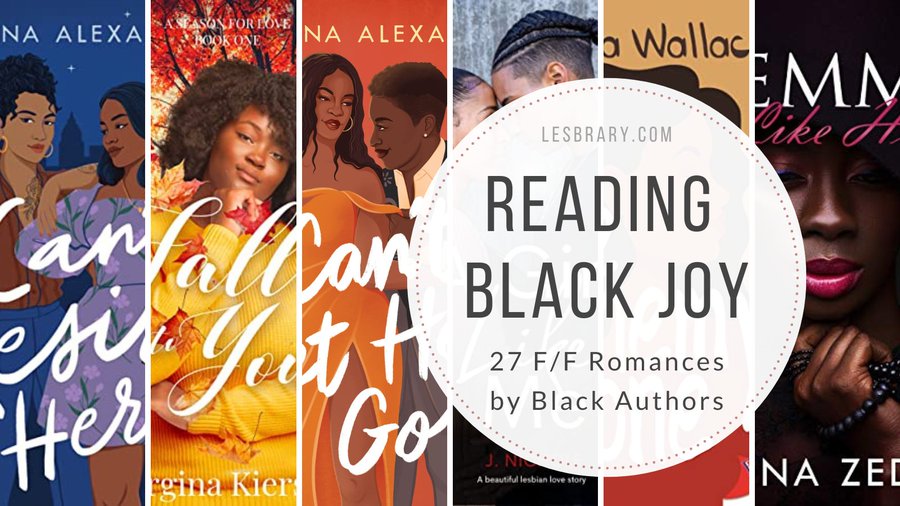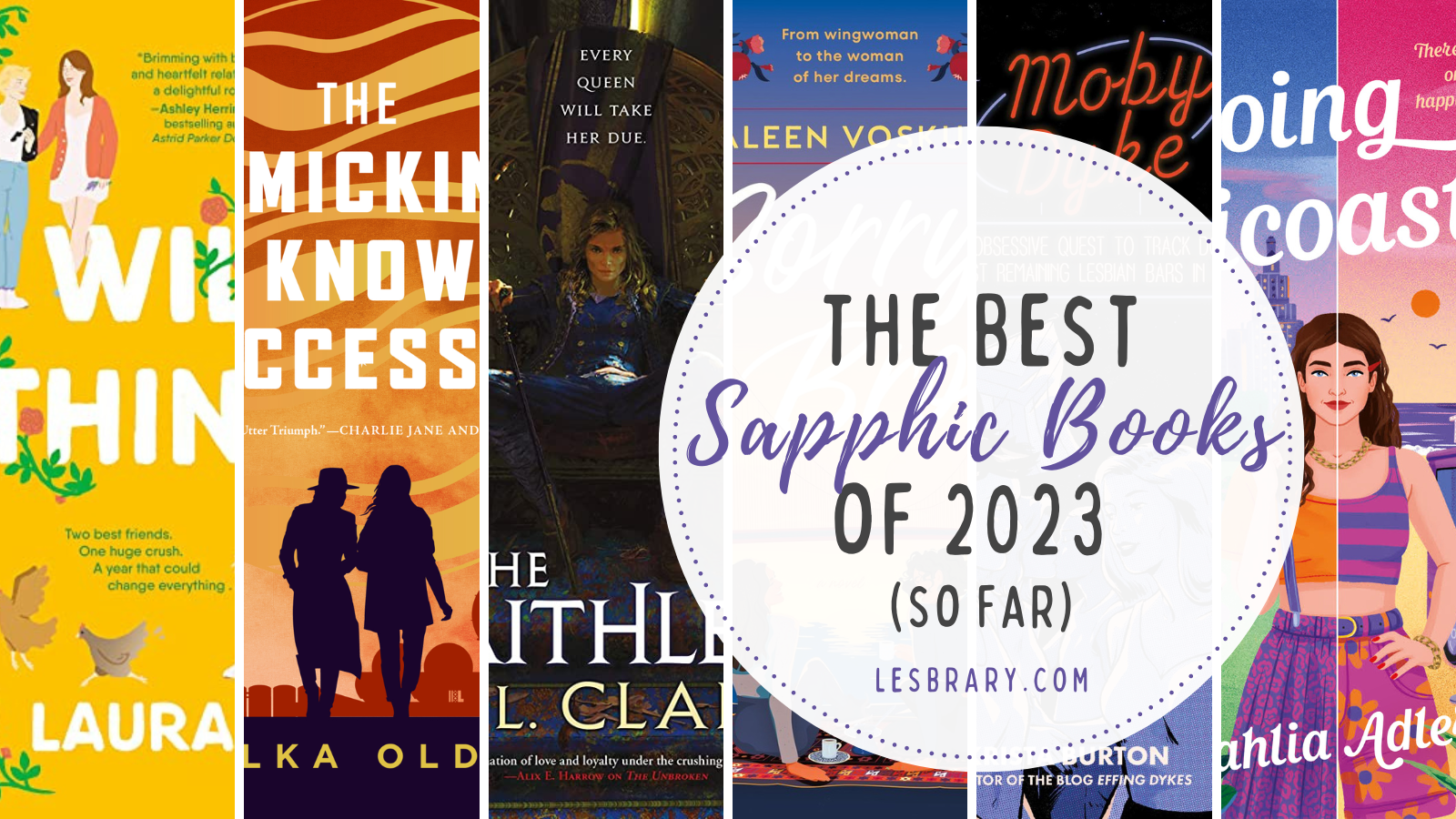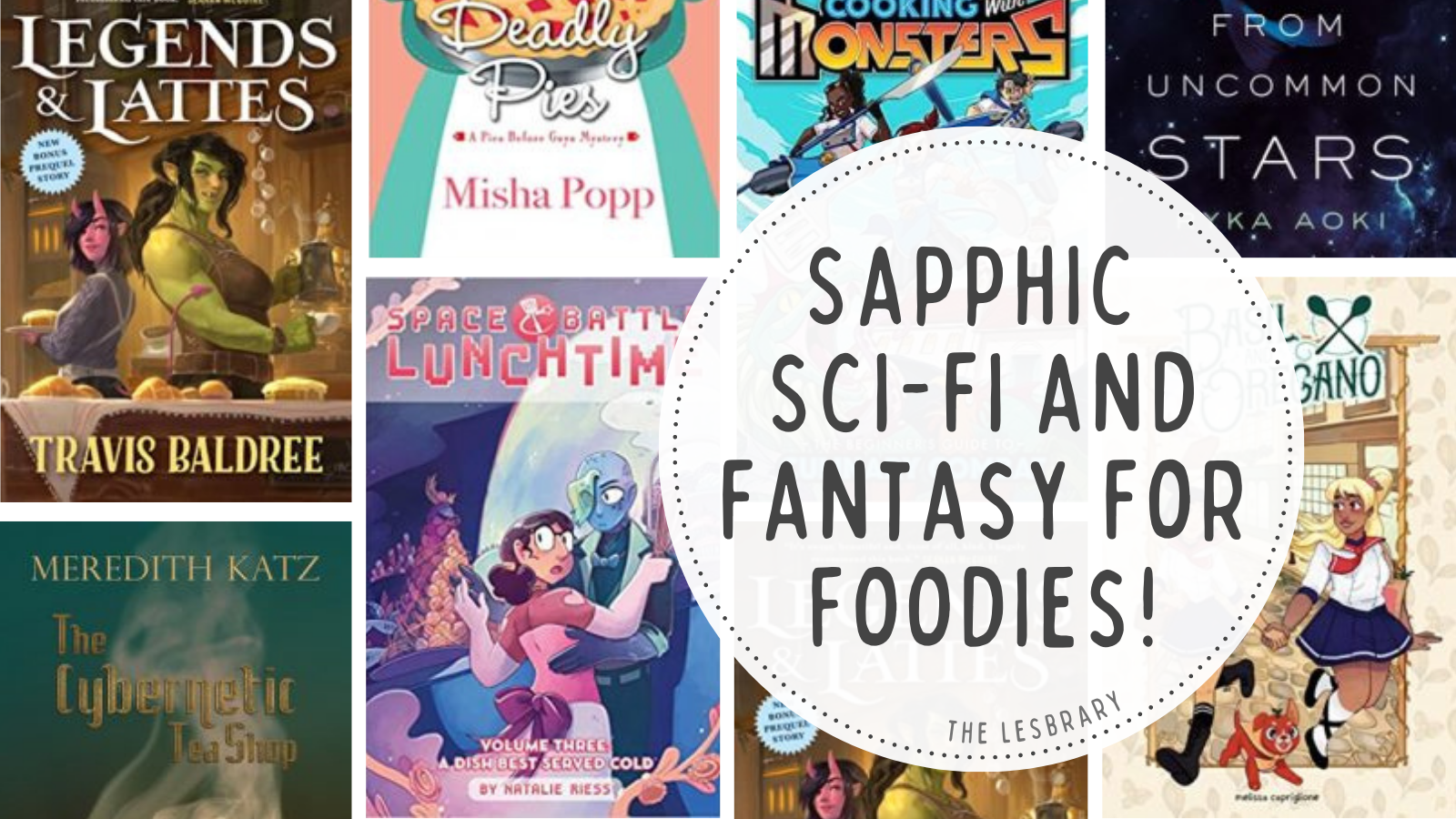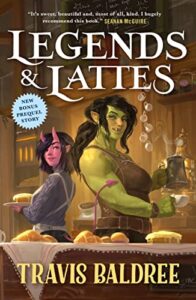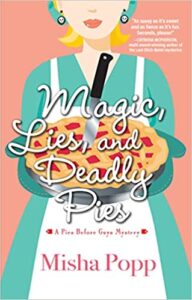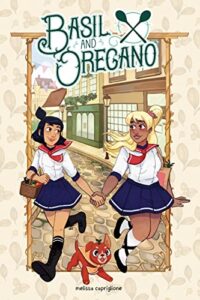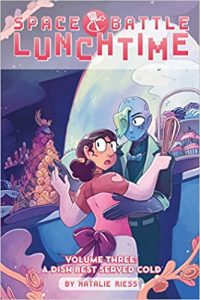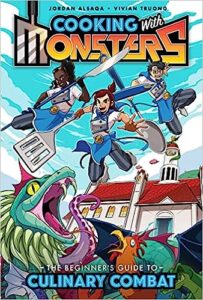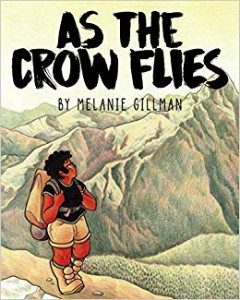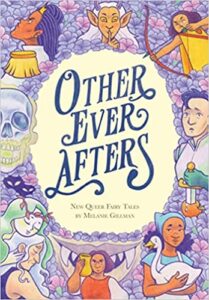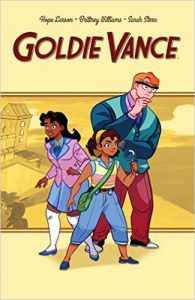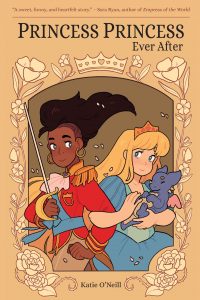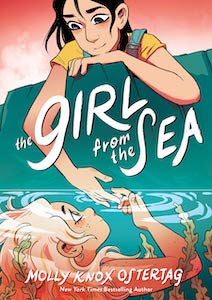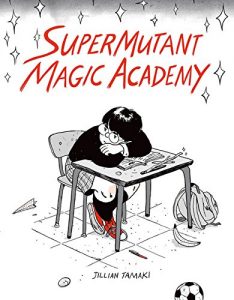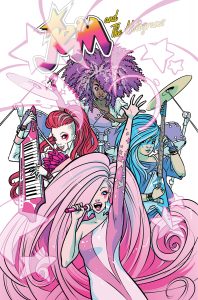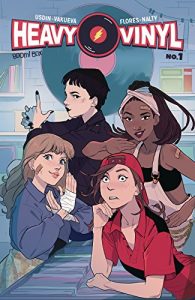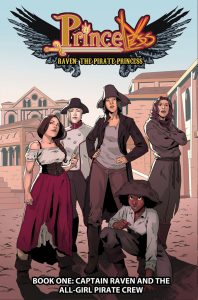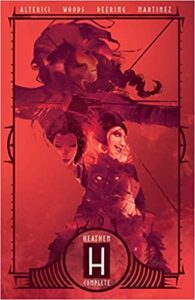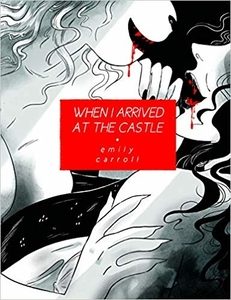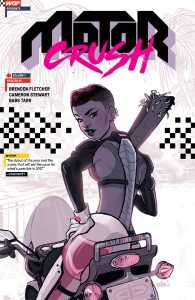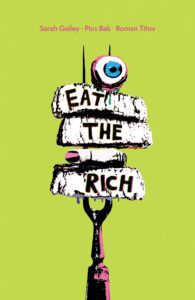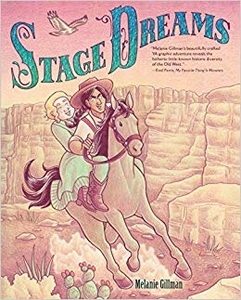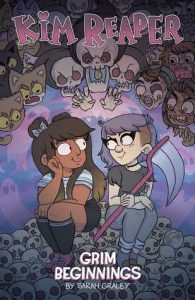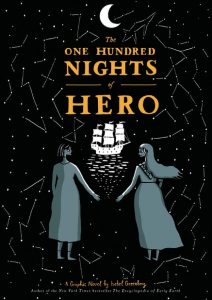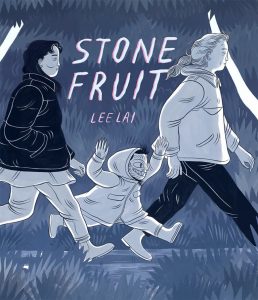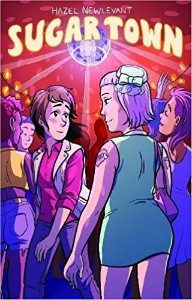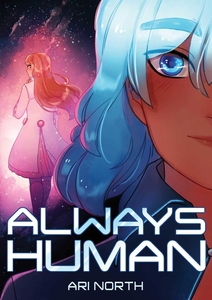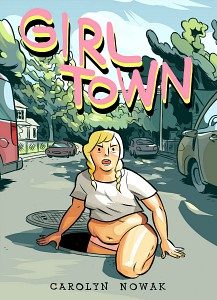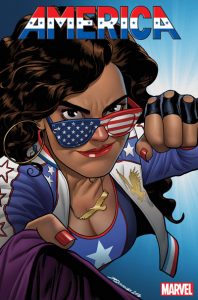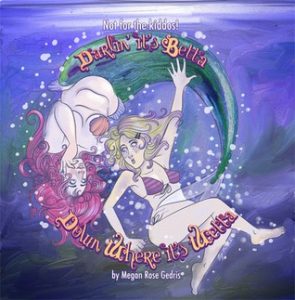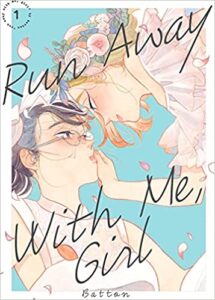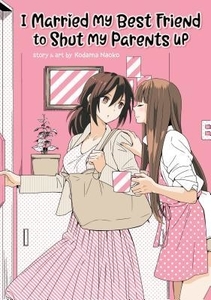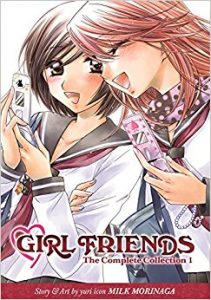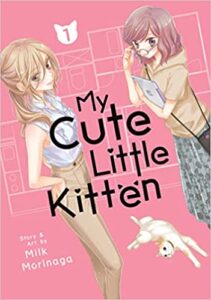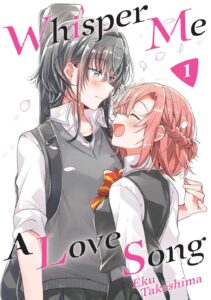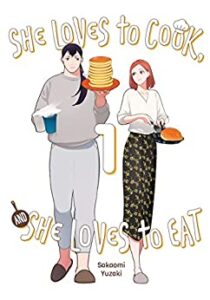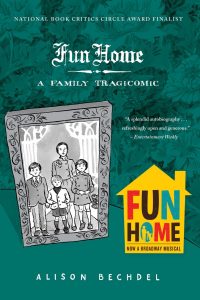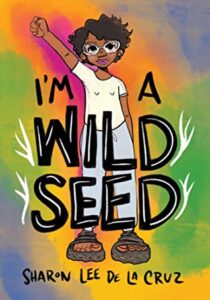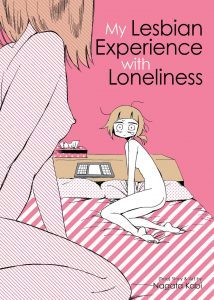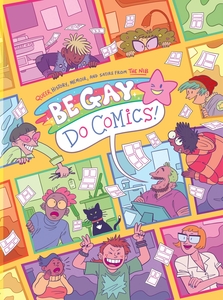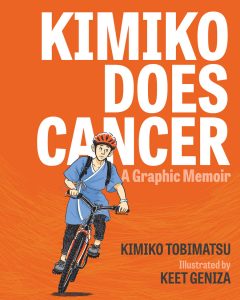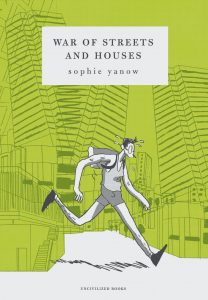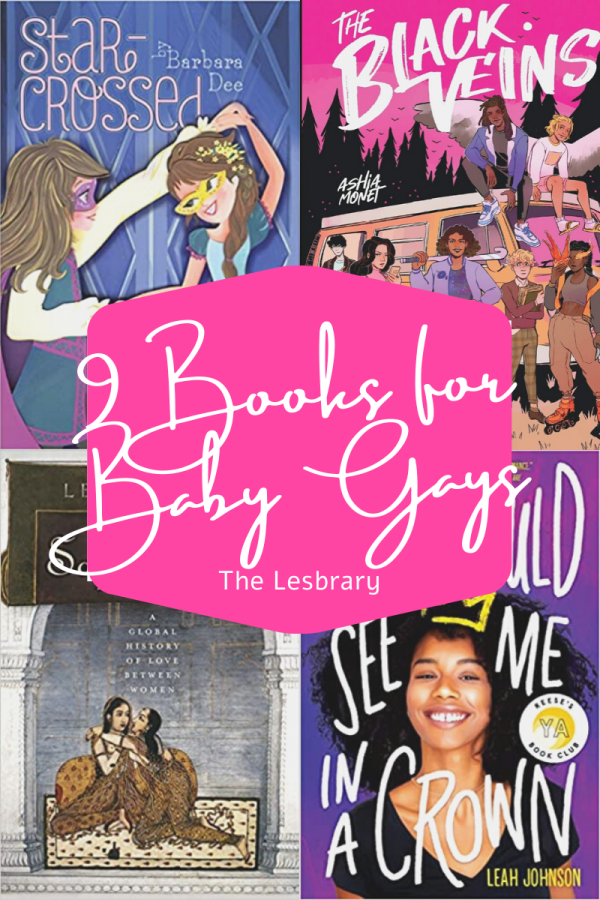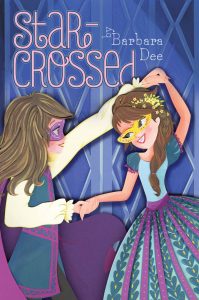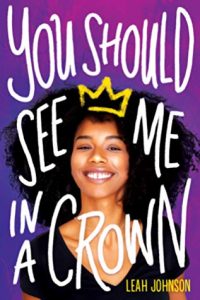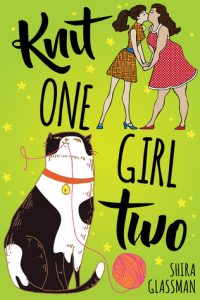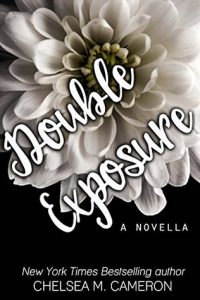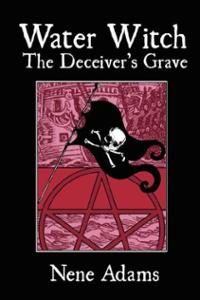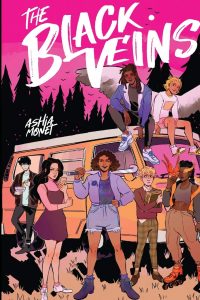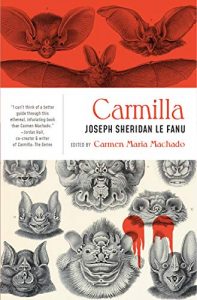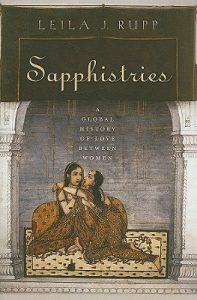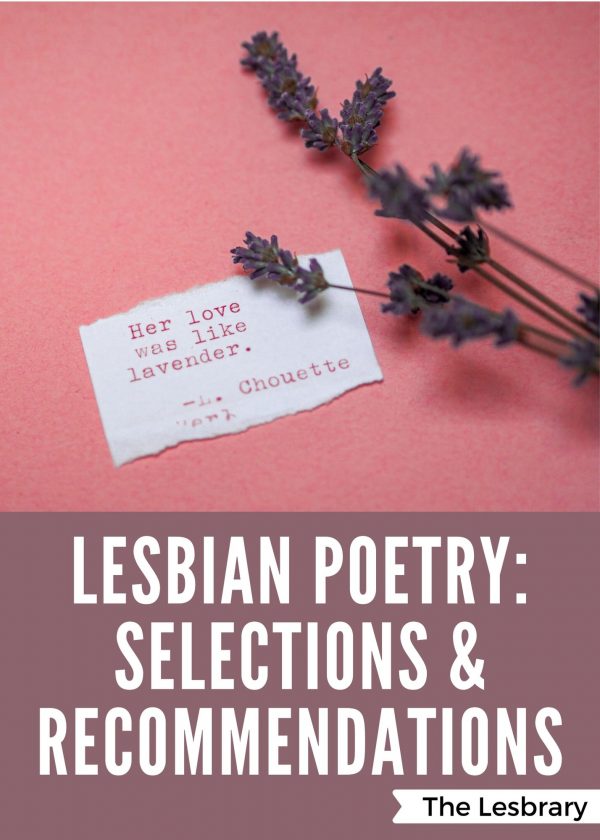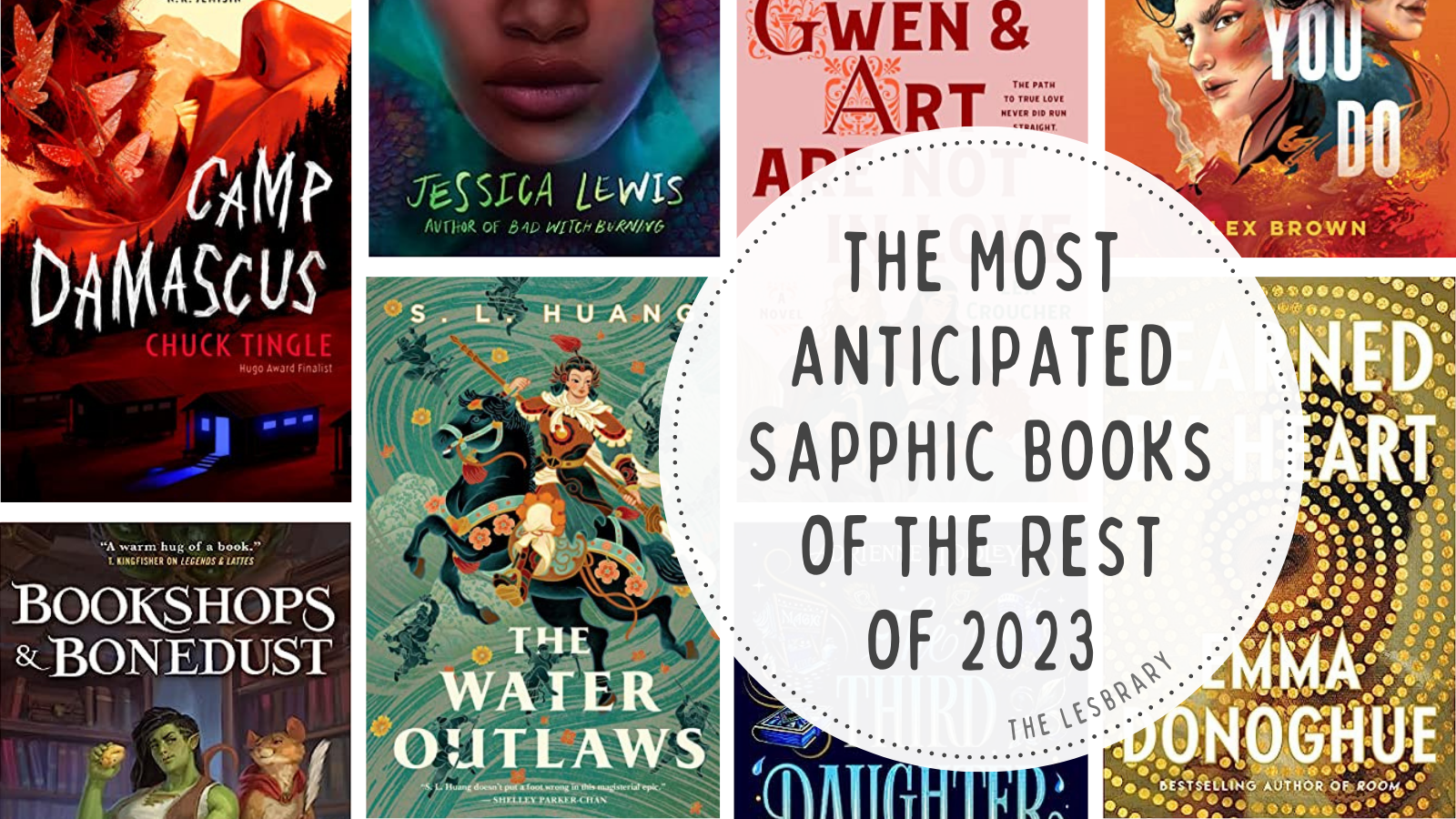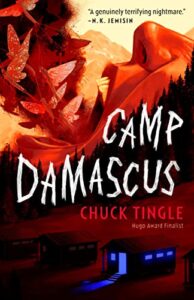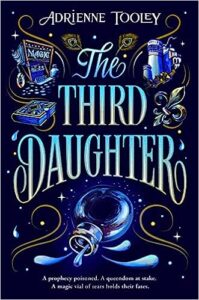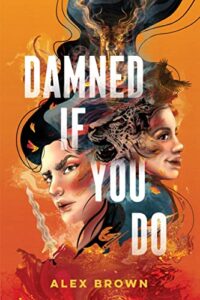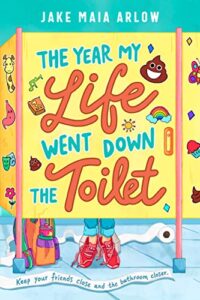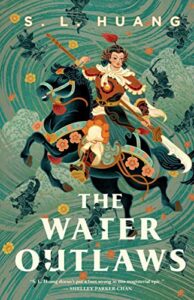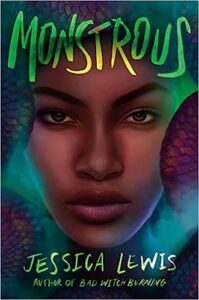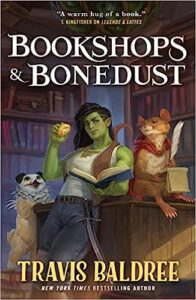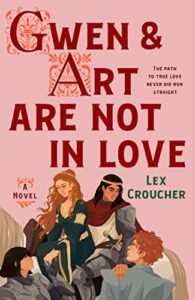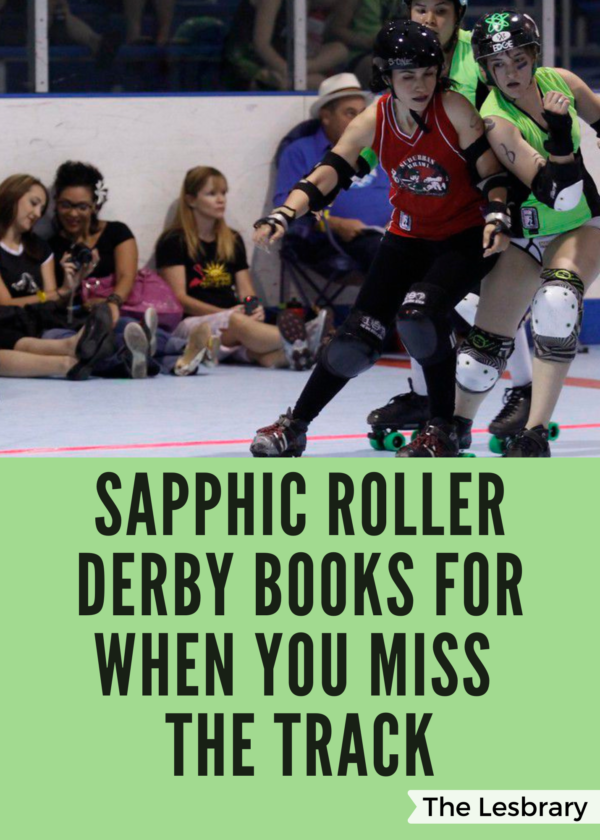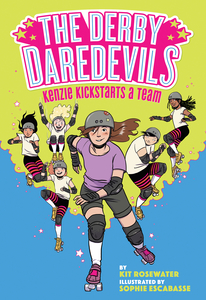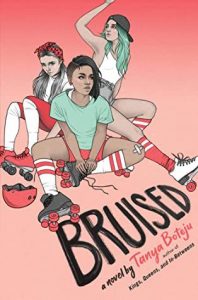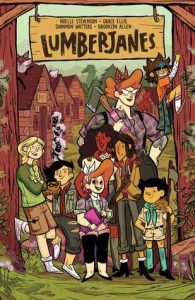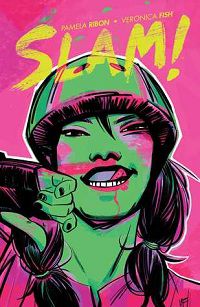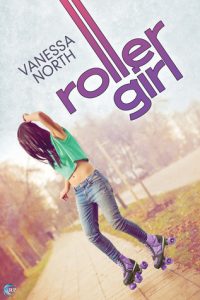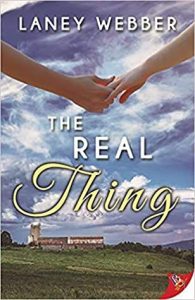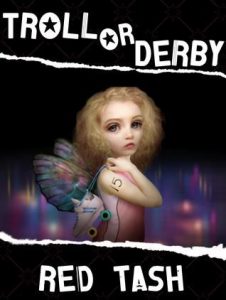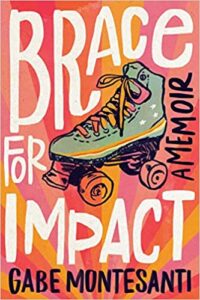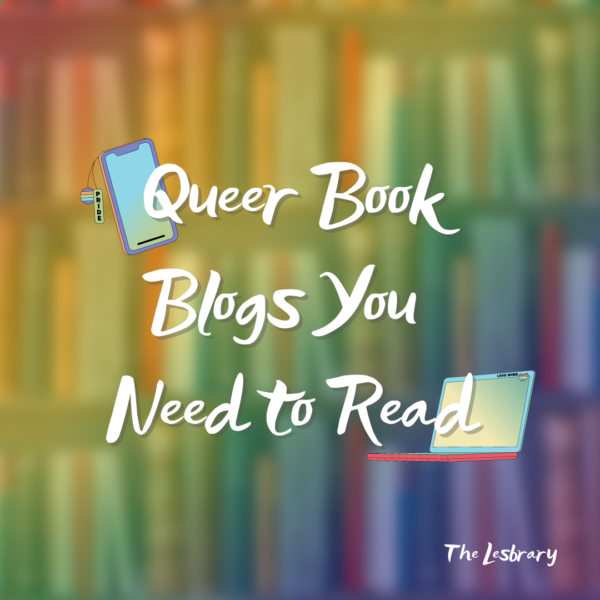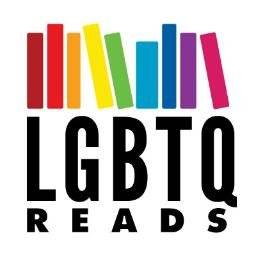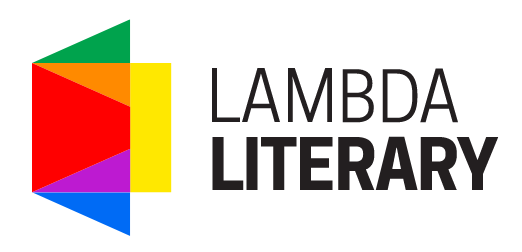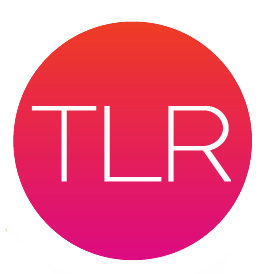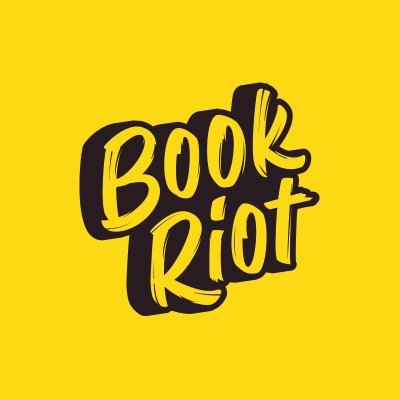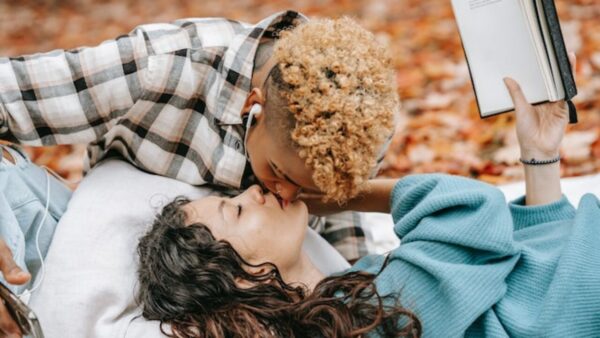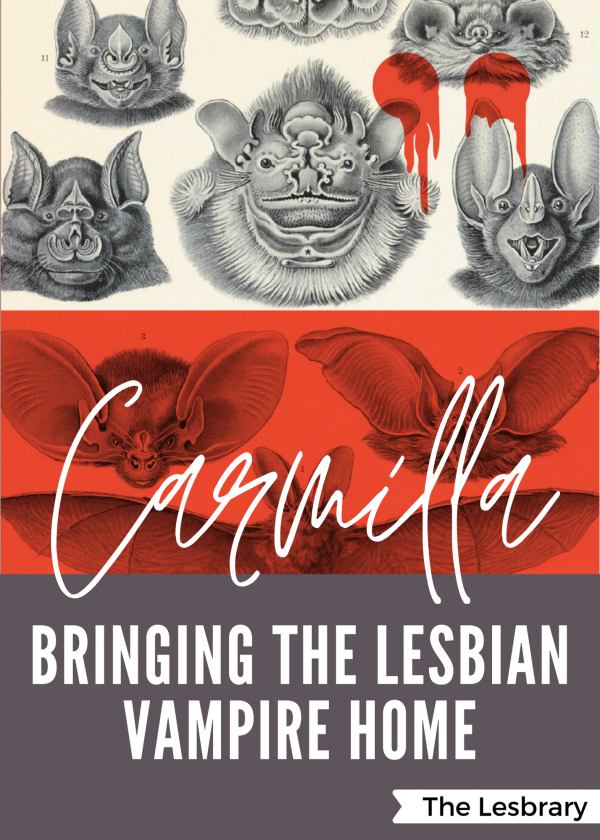Happy last day of Pride month! This June, I decided to put up an article every day at the Lesbrary. Some were reposts, some were brand new, and some were updated versions of earlier lists. Partly, I did it to try to promote the Lesbrary’s Patreon: its numbers have dropped recently, and I wanted to do a big push to try to promote it. In this post, I wanted to wrap up the experience.
I’ll be honest: I knew this would be a lot of work, but it was more work than I anticipated. Even the reposts needed to be reformatted, which took more time than I expected. Also, my day job is as an Associate Editor at Book Riot, and there’s a lot of overlap in the kind of work I do there and here. Ending my work day and doing more book blogging is hard to convince myself to do—it’s a dream job, and I love the Lesbrary too, but too much of the same thing can get tiring.
And I’ll be even more honest: for the amount of work that went into this 30 days of content, it didn’t have much of an impact. I gained five Patrons in June, still well short of where I was even in January. I don’t expect everyone to support the Lesbrary on Patreon, of course! But maintaining the Patreon is its own process, including writing and mailing postcards and packaging up books, so I was hoping to boost those numbers to make it worth that time.
I don’t mean to be completely negative! I appreciated the chance to write articles and lists for the site, which I haven’t done in a while. I’m particularly proud of 10 of the Best Sapphic Mermaid Books because it’s a format I want to keep doing: pulling reviews into a list on a theme. I also liked doing the The Best Sapphic Books of 2023 (So Far) and The 10 Most Highly Anticipated Sapphic Books Out in the Rest of 2023. But my favourite post is probably yesterday’s weird list: Alien Donut Shops, Cybernetic Tea Rooms, and More Sapphic SFF for Foodies!
I’m glad I did this, because I’ve been wondering if posting like this in June would drive people to the Lesbrary or just be drowned out by other Pride content, and it looks like it’s closer to the latter—though a few posts did very well! I was glad to see this list of F/F Romances by Black Authors get lots of attention on Twitter; I hope it translated into more readers for those books!
Next time, I think I’ll treat June as more of a rest month for the Lesbrary, and if I want to do a big content push, I’ll save it for another time. Still, I hope you enjoyed these posts, and we’ll be back to our regularly scheduled content tomorrow!
Day 1: I’ve Read 500+ Sapphic Books. Here are My Favorites.
Day 2: 10 of the Best Sapphic Mermaid Books
Day 3: Books for When Life is Draining You Dry and You’d Rather a Lesbian Vampire Were Doing It Instead
Day 4: 10 Mind-Blowing Bi and Lesbian Books
Day 5: 38 New Sapphic Books Out in June 2023!
Day 6: New Sapphic Releases: Bi and Lesbian Books Out June 6, 2023
Day 7: Sapphic Young Adult Books with Complicated Families
Day 8: Reading Black Joy: 27 F/F Romances by Black Authors
Day 9: The 9 Books of Sappho and Other Queer Lit Lost in the Fire
Day 10: 8 of the Best Sapphic Shakespeare Retellings
Day 11: Get Queer Book Recs in Your Inbox Twice a Week with Our Queerest Shelves!
Day 12: Lesbrary Links: Defeating Book Bans, Queer-Owned Bookstores, Sapphic Hidden Gems, and More!
Day 13: 12 of the Best New Sapphic Books Out June 13, 2023
Day 14: 58 Must-Read Sapphic Books by Trans and Nonbinary Authors
Day 15: Bringing the Lesbian Vampire Home: Carmen Maria Machado’s Reclamation of CARMILLA
Day 16: Do Queer Books Still Need a Happy Ending?
Day 17: Queer Book Blogs You Need to Read
Day 18: 12 Sapphic Roller Derby Books for When You Miss the Track
Day 19: The Best Sapphic Books of 2023 (So Far)
Day 20: New Sapphic Releases: Bi and Lesbian Books Out June 20, 2023!
Day 21: Messy Sapphics, F/F Friends to Lovers Romances, Book Celebrating Queer Bars, and More Lesbrary Links
Day 22: The 10 Most Highly Anticipated Sapphic Books Out in the Rest of 2023
Day 23: Lesbian Poetry: Because it Didn’t End with Sappho
Day 24: 9 Essential Books for Baby Gays
Day 25: Sapphic eBooks On Sale Today for Under $5!
Day 26: The Sapphic Fantastic: Bi and Lesbian Fantasy Books
Day 27: New Sapphic Releases: Bi and Lesbian Books Out June 27, 2023!
Day 28: 42 of My Favorite Sapphic Graphic Novels and Comics
Day 29: Alien Donut Shops, Cybernetic Tea Rooms, and More Sapphic SFF for Foodies!
Day 30: Wrapping Up 30 Days of Pride at the Lesbrary! (this one!)

